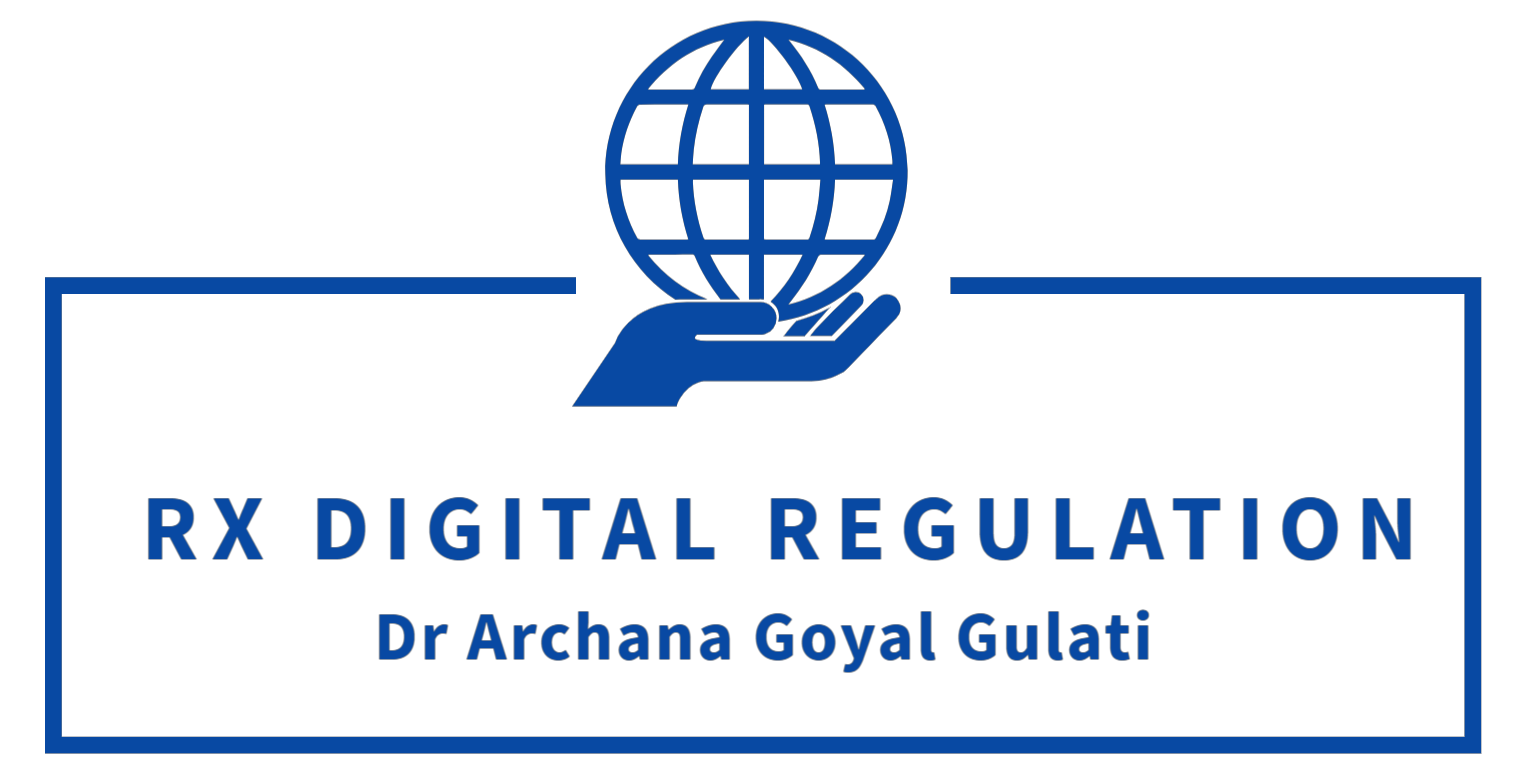
If wishes were horses…

It is reported that,
” [t]he cabinet on Wednesday approved the ambitious Digital India programme that aims to connect all gram panchayats by broadband internet, promote e-governance and transform India into a connected knowledge economy……The vision of the programme is centred on three key areas: digital infrastructure as a utility to every citizen – digital identity, mobile phone and bank account, safe & secure cyber space; governance & services on demand – services available in real time on online and mobile platform, making financial transactions electronic and cashless, & digital empowerment of citizens – all documents, certificates available on cloud.Digital India envisages connecting 2.5 lakh villages by broadband and phones, reduce import of telecom imports to zero, wi-fi in 2.5 lakh schools, all universities, public wi-fi hotspots for citizens and creating 1.7 crore direct and 8.5 crore indirect jobs. Other impact points include training 1.7 crore citizens for IT, telecom and electronics jobs, and delivering e-governance and e-services.”
As usual the programme that comes at a hefty cost of more than Rs one billion hinges on the success of USOF India’s National Optic Fibre roll-out for broadband delivery.
All one can say is good luck with that! The same news item explains why I hold this view:
“Soon after assuming office, IT and telecom minister Ravi Shankar Prasad had said that the new BJP-led government will on priority take up the plan to connect 2,50,000 gram panchayats through the optic fibre network. The government plans to connect 50,000 gram panchayats this fiscal year itself ending March 31, 2014, one lakh in the next fiscal year and a similar number the year after. The Rs 21,000-crore NOFN project – fully funded by the USOF – was unveiled by the UPA to digitally connect 2,50,000 gram panchayats. However, the project has not progressed much so far – delayed by over three years – due mainly as the cable laying and ducting process is yet to be finished. Among the pillars is mobile connectivity for all, which includes covering all the about 42,300 unpenetrated villages at a cost of Rs 16,000 crore to be completed by 2017-2018.”
Views on the manner of planning and execution of NOFN / BBNL and alternative means of achieving broadband roll outs through USOF are documented in previous posts.
Interestingly, years after the project was initiated by way of an SPV of three public sector companies, the telecom regulator while commenting on the Digital India Plan has reportedly stated that the NOFN project is running over three years behind target and only 8% of the 0.18 million kms of optic fibre has been rolled out. He says that private sector should be involved in NOFN roll out and that,
“Investment of private players could significantly reduce the cost of the entire the project and therefore final tariffs”
The regulator also rightly points out the need for detailed planing of the actual content for the envisaged e-government services rather than limiting the plan to vague terminology such as e-health,e-education and the need to involve private sector in content development (rather than just depending on strengthening/ revamping the state agencies as a means to achieve the plan.)

